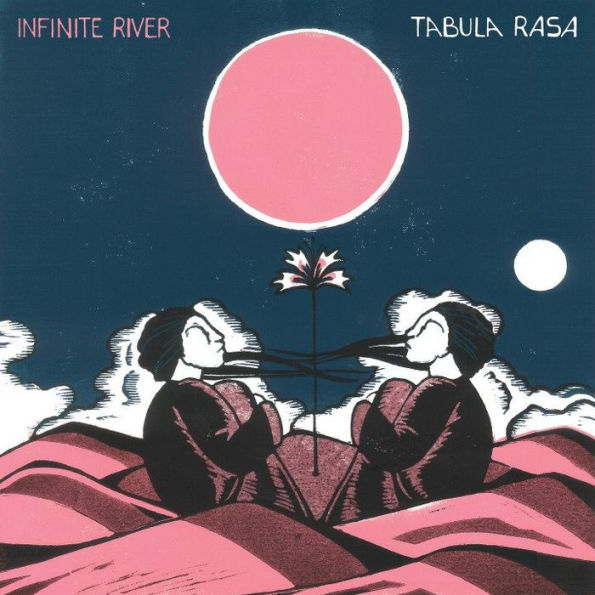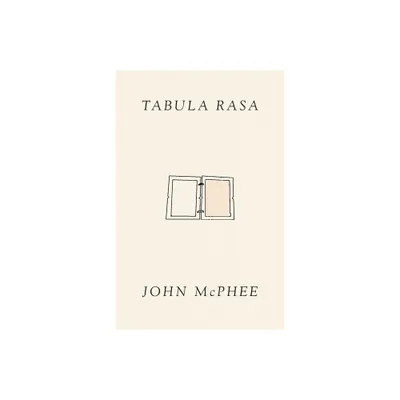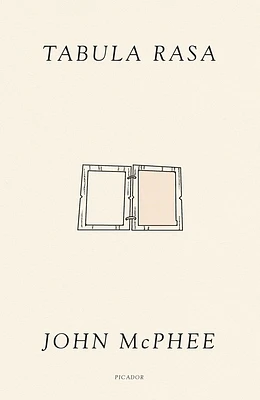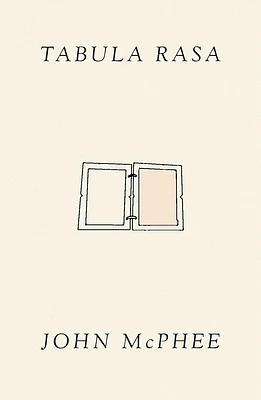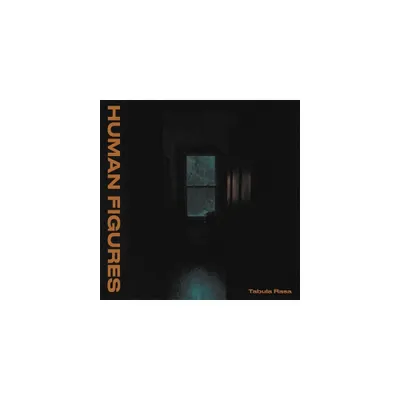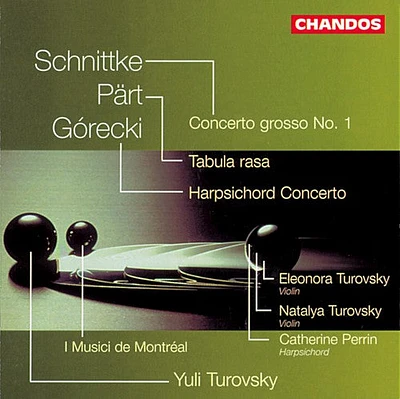Home
Arvo Pärt's Tabula Rasa
Loading Inventory...
Barnes and Noble
Arvo Pärt's Tabula Rasa
Current price: $22.99
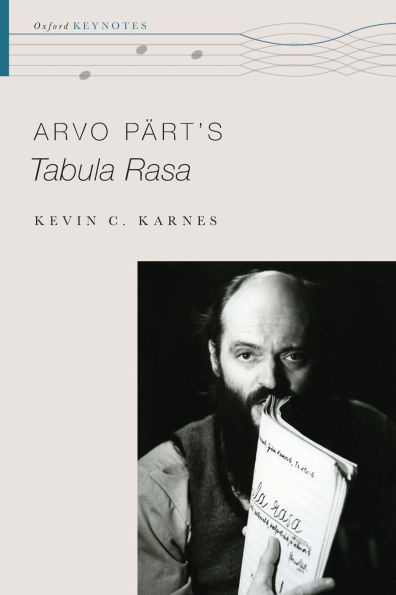

Barnes and Noble
Arvo Pärt's Tabula Rasa
Current price: $22.99
Loading Inventory...
Size: Paperback
*Product Information may vary - to confirm product availability, pricing, and additional information please contact Barnes and Noble
One of today's most widely acclaimed composers, Arvo Pärt broke into the soundscape of the Cold War West with
Tabula Rasa
in 1977, a work that introduced his signature
tintinnabuli
style to listeners throughout the world. In the first book dedicated to this pathbreaking composition, author Kevin C. Karnes tells the story of
as one of Pärt and of Europe itself, traced over the course of a quarter-century that saw momentous transitions in European culture and politics, history and memory. Beginning at the site of the work's creation in the Estonian SSR, and drawing extensively upon a range of previously unexamined archival materials, Karnes recounts Pärt's discovery of
amidst his experiments with the music of the Western and Soviet avant-gardes. He examines
in relation to modernist conceptions of musical structure, the ascetic practice of Orthodox Christianity, postwar experiences of electronic music, and the polystylistic approaches to composition that have become emblematic of the Soviet 1970s. Tracing the export of
to the West and Pärt's emigration in 1980, the book reveals intersections of critical commentary with visions of the "end of history" that attended the collapse of European communism to suggest that it was in this confluence of listening, discovery, and geopolitical reordering that enduring lines of conversation about Pärt and his music took shape.
Tabula Rasa
in 1977, a work that introduced his signature
tintinnabuli
style to listeners throughout the world. In the first book dedicated to this pathbreaking composition, author Kevin C. Karnes tells the story of
as one of Pärt and of Europe itself, traced over the course of a quarter-century that saw momentous transitions in European culture and politics, history and memory. Beginning at the site of the work's creation in the Estonian SSR, and drawing extensively upon a range of previously unexamined archival materials, Karnes recounts Pärt's discovery of
amidst his experiments with the music of the Western and Soviet avant-gardes. He examines
in relation to modernist conceptions of musical structure, the ascetic practice of Orthodox Christianity, postwar experiences of electronic music, and the polystylistic approaches to composition that have become emblematic of the Soviet 1970s. Tracing the export of
to the West and Pärt's emigration in 1980, the book reveals intersections of critical commentary with visions of the "end of history" that attended the collapse of European communism to suggest that it was in this confluence of listening, discovery, and geopolitical reordering that enduring lines of conversation about Pärt and his music took shape.


